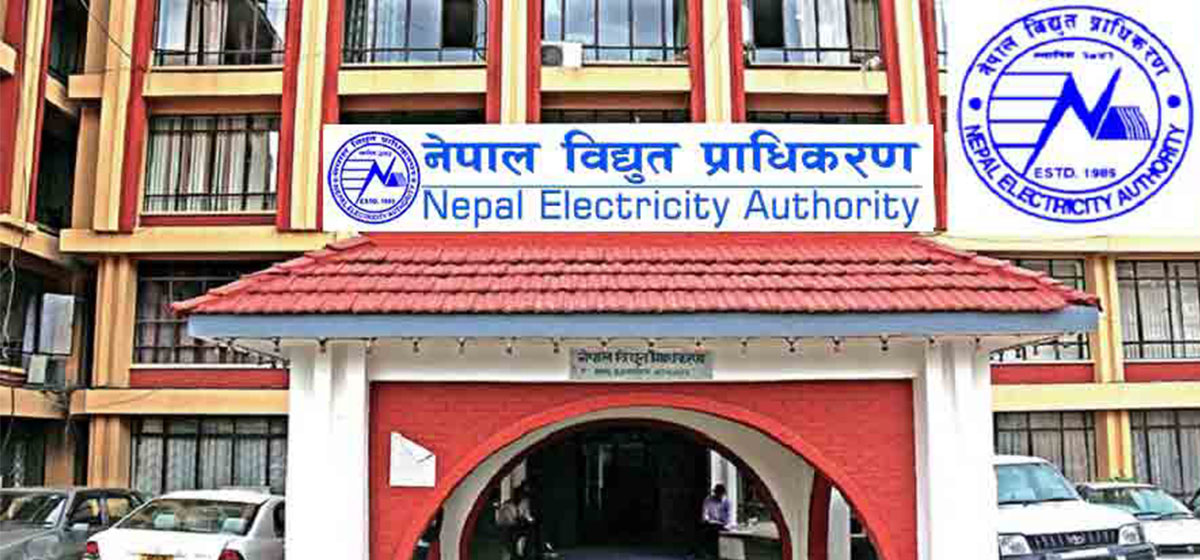In an effort to tackle the persistent issue of inadequate electricity distribution and upkeep, the Nepal Electricity Authority (NEA) has embarked on an impressive journey, allocating a substantial Rs 48 billion over the past biennium to fortify its infrastructure. This decisive move not only signals an upward trajectory for the nation's electricity supply but also underscores the NEA's unwavering commitment to ameliorating the pressing concerns faced by consumers and industries due to outdated infrastructure. The state-owned power utility's decision to channel significant funds into the construction, maintenance, and modernization of electrical infrastructure embodies a proactive stance in addressing the longstanding challenges that have bedeviled the electricity distribution system. Foremost among these challenges has been the recurrent system tripping, causing inconvenience to consumers and disrupting industrial operations. These interruptions have not only led to unannounced load shedding but also squandered precious electricity resources. By making substantial investments in transmission mechanisms, including distribution lines and substations, the NEA has set a formidable precedent for confronting these issues head-on.
Cosmic Electrical completes 220 kV transmission line project

There are reports that private energy developers are grappling with financial losses stemming from the wastage of their generated energy owing to the inadequacies in the distribution system. Simultaneously, consumers are contending with the predicament of erratic electricity supply, which intermittently results in damage to their electrical appliances. Furthermore, industries reliant on elevated voltage to operate their production facilities have been forced to function without access to electricity, imposing a heightened financial burden upon them. The recently unveiled industrial survey report by the Confederation of Nepalese Industries (CNI) underscores these challenges, revealing a staggering 57.89 percent of industries resorting to the utilization of generators as an alternative power source. This stark trend primarily emanates from the NEA’s inability to deliver consistent and high-quality electricity. In this sense, the NEA's recent financial allocation indeed marks a commendable stride in the right direction. The cautionary notes of NEA Managing Director Kulman Ghising about the potential electricity supply crises in the absence of timely governmental initiatives underscore the urgency of such investments. It is noteworthy that the NEA has adopted a forward-looking stance, setting a visionary deadline of 2050 for comprehensive enhancements in electricity supply infrastructure. By prioritizing the phased construction of transmission and distribution infrastructure, particularly in important areas like the Kathmandu Valley, the NEA showcases its dedication to not only current predicaments but also forthcoming demands stemming from population growth and escalating electricity consumption. The ongoing construction of 400 kV, 220 kV, and 132 kV transmission lines and substations stands as a testament to the NEA's steadfast commitment to meeting the projected electricity demand in major urban centers by 2050. The commendable progress accomplished in the past biennium, including the operationalization of 17 substations with a capacity of 2500 MVA, further amplifies confidence in the NEA's endeavors.
However, this encouraging momentum must not breed complacency. It remains imperative for the NEA and the government to persistently prioritize investments in electricity infrastructure. The lingering challenges, such as achieving comprehensive electrification in provinces like Karnali and augmenting electrification percentages elsewhere, accentuate the necessity for unwavering endeavors. By committing to infrastructure enhancement, addressing consumer grievances through innovative measures like call centers, and focusing on efficient electricity distribution, NEA can unlock its full potential and illuminate the path to a more radiant, electrified future. It goes without saying that the NEA's substantial investment in its infrastructure marks a commendable stride toward redressing persistent issues in electricity distribution and maintenance. By channeling resources into transmission mechanisms, the NEA is proactively contending with challenges such as recurrent tripping that have hindered consumers and industries alike. As Nepal strides resolutely toward a brighter and more electrified future, persistent investments in electricity infrastructure stand as an imperious key to lasting progress.

































